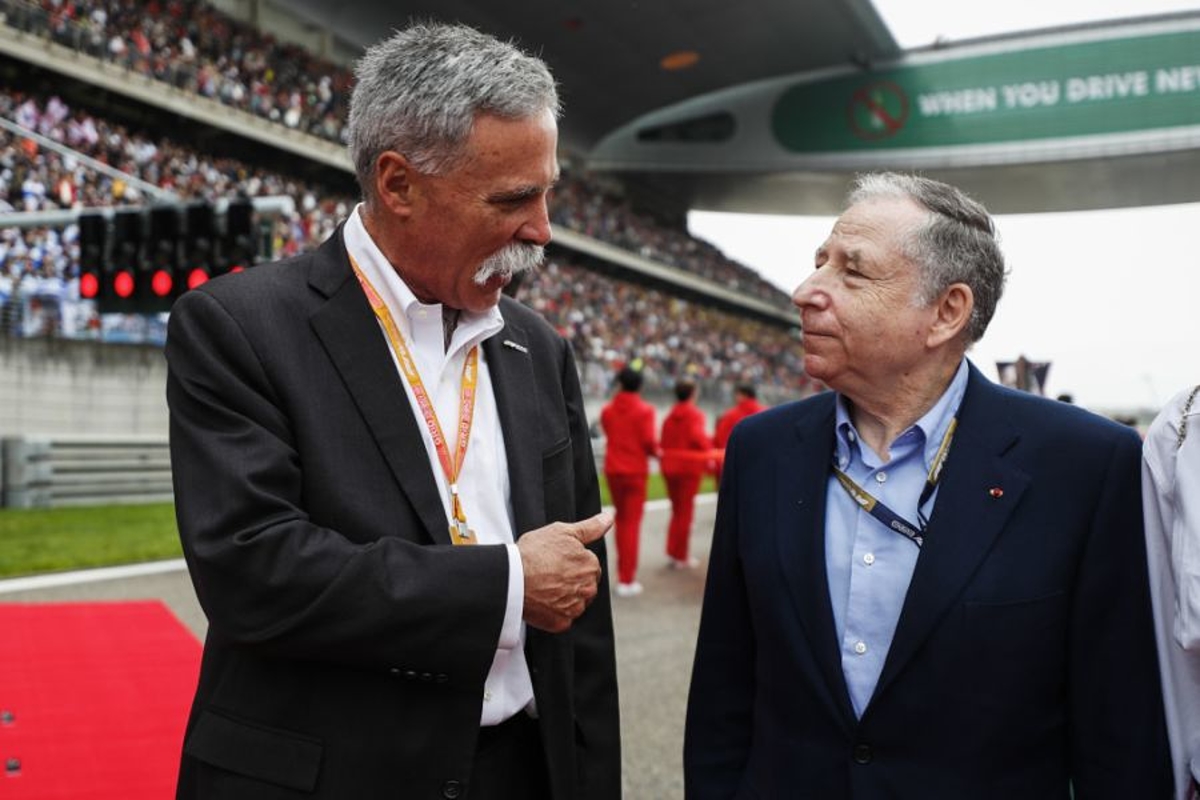Latest News

British Grand Prix
Lewis Hamilton confirms Roscoe Ferrari debut
- 3 hours ago

F1 Social
Max Verstappen F1 theories run wild as champion's jet lands in Italy
- Yesterday 22:58

F1 News & Gossip
Jos Verstappen retaliates after confident Red Bull exit claims
- Yesterday 21:55

British Grand Prix
Charles Leclerc’s Ferrari in FIA summons at British Grand Prix
- Yesterday 21:11

F1 Today
F1 News Today: Verstappen exit clause 'active' as Red Bull make official driver announcement for British GP
- Yesterday 20:36

Latest F1 News
Lewis Hamilton given new Ferrari role as F1 legend returns to Silverstone
- Yesterday 19:56
Most read

500.000+ views
FIA issue Lando Norris disqualification verdict at Austrian Grand Prix
- 29 june

250.000+ views
F1 News Today: Austrian Grand Prix race result confirmed as FIA issue Lando Norris disqualification verdict
- 1 july

200.000+ views
Lewis Hamilton disqualification proves McLaren are real deal at Austrian Grand Prix
- 1 july

200.000+ views
FIA announce George Russell punishment verdict at Canadian Grand Prix
- 14 june

150.000+ views
FIA announce harsh McLaren penalty verdict after Oscar Piastri incident at Canadian GP
- 14 june

150.000+ views
Mercedes F1 star hit by FIA deleted lap ruling after Canadian Grand Prix
- 16 june

























 Grand Prix of Australia 2025
Grand Prix of Australia 2025  Grand Prix of China 2025
Grand Prix of China 2025  Grand Prix of Japan 2025
Grand Prix of Japan 2025  Grand Prix of Bahrain 2025
Grand Prix of Bahrain 2025  Saudi Arabian Grand Prix 2025
Saudi Arabian Grand Prix 2025  Grand Prix De Monaco 2025
Grand Prix De Monaco 2025  Gran Premio de España 2025
Gran Premio de España 2025  Grand Prix du Canada 2025
Grand Prix du Canada 2025  Grand Prix of Austria 2025
Grand Prix of Austria 2025  Grand Prix of Belgium 2025
Grand Prix of Belgium 2025  Grand Prix of Hungary 2025
Grand Prix of Hungary 2025  Grand Prix of Azerbaijan 2025
Grand Prix of Azerbaijan 2025  Grand Prix of Singapore 2025
Grand Prix of Singapore 2025  Gran Premio de la Ciudad de Mexico 2025
Gran Premio de la Ciudad de Mexico 2025  Grande Prêmio de São Paulo 2025
Grande Prêmio de São Paulo 2025  Qatar Grand Prix 2025
Qatar Grand Prix 2025  Grand Prix of Abu Dhabi 2025
Grand Prix of Abu Dhabi 2025 